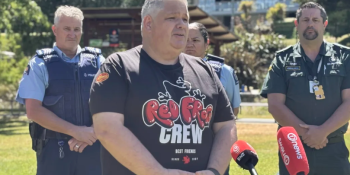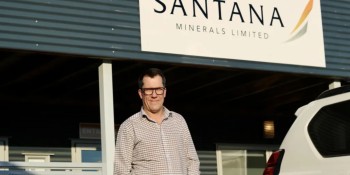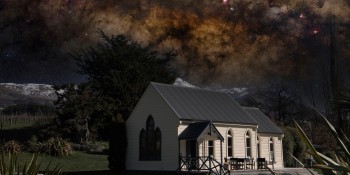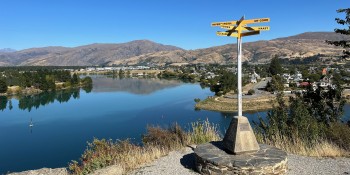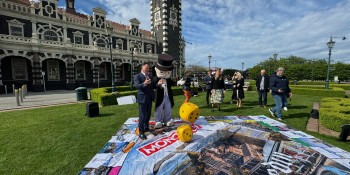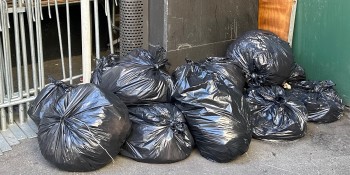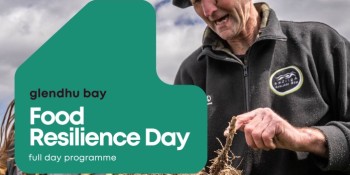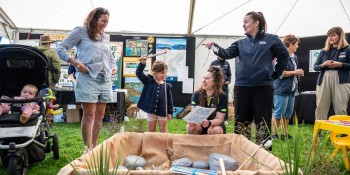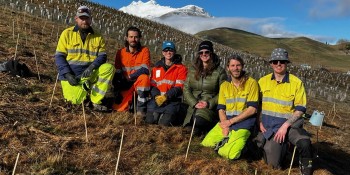Otago and Southland councils in the gun for 'phantom' wallaby hunt
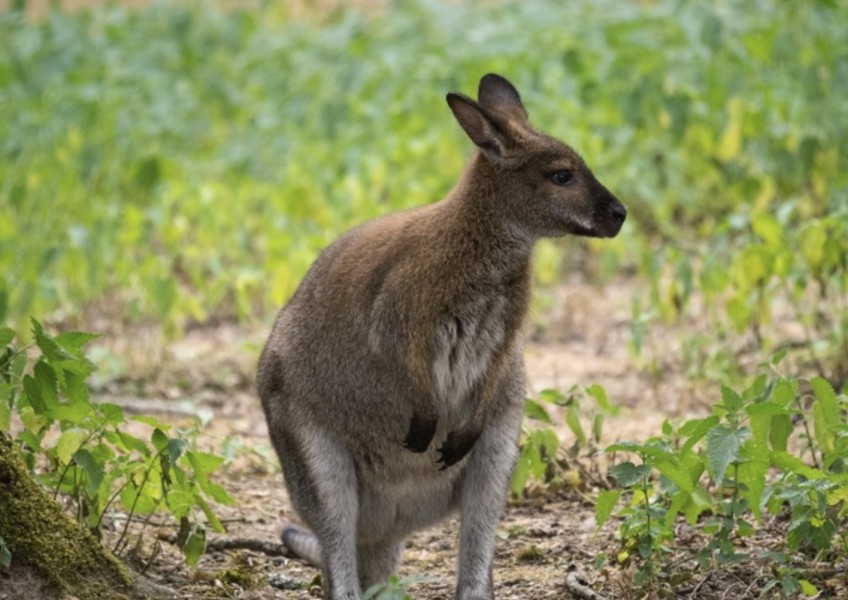
There are calls for a review the National Wallaby Eradication programme after a pack of tracking dogs, staff from two Southern councils and a thermal-imaging drone were all involved in a $32,000-hunt for a “phantom” wallaby in Te Anau.
Documents obtained through the Local Government Official Information and Meeting Act by the New Zealand Taxpayers Union show Environment Southland spent $32,871.17 to hunt one phantom wallaby that was never found, NZ Taxpayer’s Union local government campaigns manager Sam Warren says.
The month-long hunt for the marsupial involved Otago Regional Council, Environment Southland, the Ministry of Primary Industries, thermal drones, biosecurity, dogs – and a team of management and comms staff.
“This result makes the National Wallaby Eradication Programme look more like a taxpayer funded social club than a crack team committed to stomping out pests,” Warren says.
“Review is urgently needed of this programme before the pest problem gets any worse, and ratepayers are left paying the bill.”
While Environment Southland was the lead agency, Otago regional Council environmental implementation manger Libby Caldwell said all reports of wallabies are taken seriously.
“The search covered approximately 1,024ha and extended from the Te Anau township, along the Lake Te Anau foreshore to the Waiau River and down the Waiau River to Supply Bay Road.
“Reporting wallabies (alive or dead) or signs of them anywhere in New Zealand is critical to the Tipu Mātoro National Wallaby Eradication Programme (funded and lead by MPI) assessing the size of the wallaby problem and in helping to eliminate wallaby and stop their spread. Sightings can be reported online via reportwallabies.nz."
Environment Southland integrated catchment management general manager Lucy Hicks says it’s reassuring there was no sign of wallaby incursion into the Lake Te Anau area.
“Wallabies are an exclusion pest in the Southland Regional Pest Management Plan. It is Environment Southland’s responsibility to take sighting reports of wallabies seriously. They have the potential to significantly impact Southland’s economy as well as our local biodiversity. They could become a big financial burden for future generations should feral populations become established like they have in other regions, such as Canterbury.
“Wallabies can contaminate pastures, damage fences, destroy crops, contribute to erosion, and kill young plantation forest seedlings. Additionally, wallabies hinder the regeneration of native bush.
“It was reassuring to find no further indication of a wallaby population as a result of the Te Anau.
“We are committed to ensuring wallabies do not establish in Southland and thank the community for their continued vigilance.
“The target search area was near the Lake Te Anau control gates and golf course.
“This area extended from Te Anau down to Supply Bay Road on the eastern side of the Waiau River. This was largely a ground-based operation, with experienced personnel and dogs, followed up with the use of a thermal drone on four nights.”
Main image (Supplied / ORC) : A hunt around Te Anau failed to find any sign of a reported wallaby.












